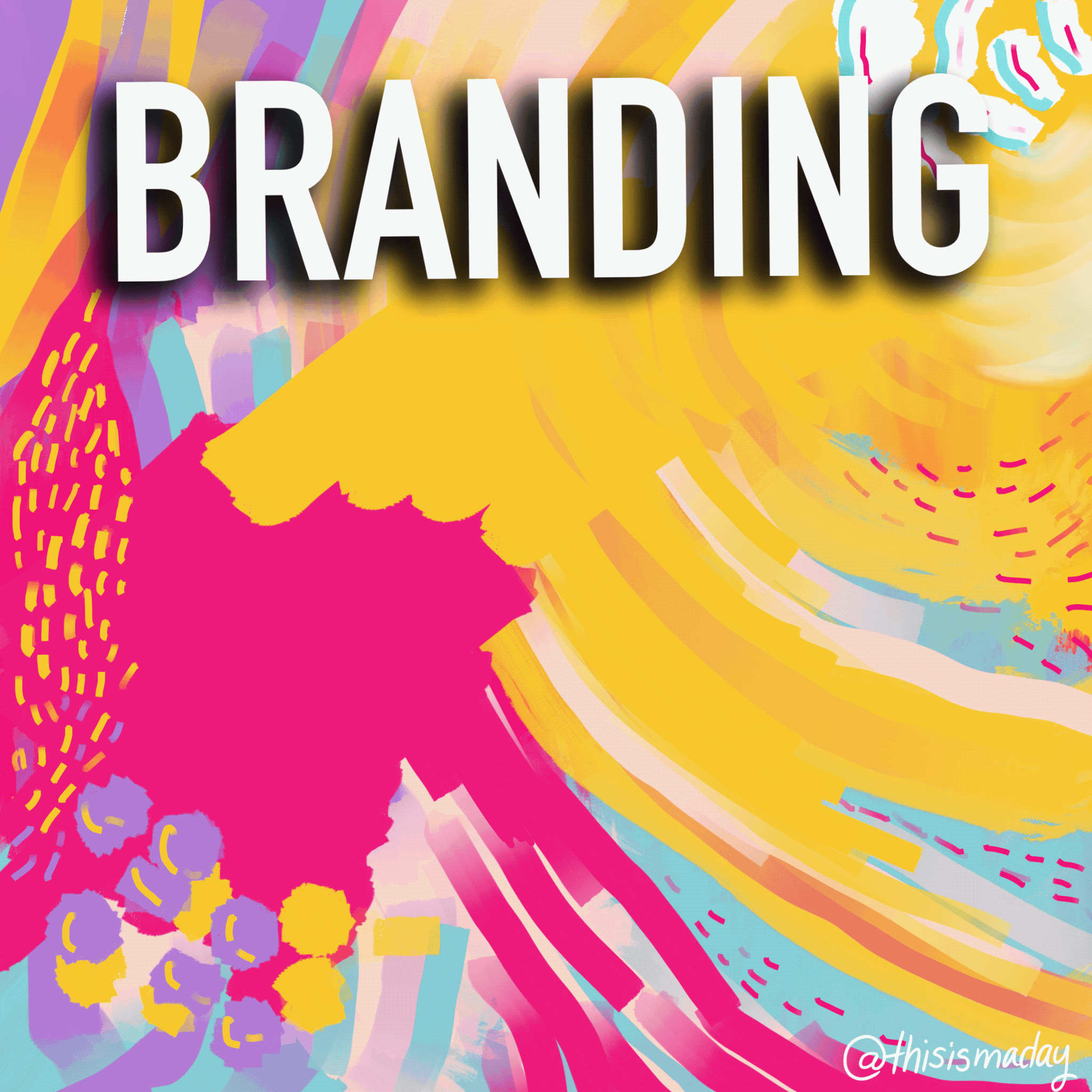What is branding?
How your business can be hurting if you have not taken this step.
When I mention Coca Cola, can you very quickly and clearly picture the exact hue of red connected to the product? Can you sense the warm and fuzzy feelings of those polar bears in the holiday commercials? When I say Nike, does that mood immediately switch to a fast paced commercial featuring a fit athlete wearing the swoosh and their game face?
How clearly were you able to imagine those scenarios? That is the power of branding. When no representative of the company has to be in the room for you to associate feelings, essence, ideas or vibes to that particular brand. That is successful branding.
As a designer I often get asked to quickly draw a logo that will represent a small business, company, or entrepreneur. I’ve worked with clients who want to move past branding to get to launching and marketing. However, I explain that not taking the time to think of branding past a logo or color scheme will hurt your image down the line. Branding is every single point of contact a person has with your products and services. Branding is EVERYTHING.
“Your brand is what other people say when you are not in the room”- Jeff Bezos
From the tone of the receptionist when they greet you at the door to your social media content cadence the language you use in your newsletter, to how customer service handles a difficult client. These are all branches of the same tree.
Your brand is the sum total of your customers’ perceptions, notions and experience. It is the face, personality and the values espoused by your business – and everything in between.-Entrepreneur Magazine
What makes for successful branding?
Successful branding is when the way you want to be perceived and how others perceive you are aligned. Branding spotlights your authenticity and creates a meaningful exchange between you and your ideal customer. It should always be two steps ahead of what your client will need. Above all a successful brand is salient, and will naturally come to mind when a client thinks of the needs your business addresses.
If you don’t control your narrative others will.
As businesses and entrepreneurs we have to take great care in what people are saying about our brand. To overlook this process is to put your story, narrative, values, and purpose in the hands of the consumer. If your message is not clear, people will fill in the gaps.
The big question is do you want to control the narrative and tell your own story, or leave it up to misinterpretation?


